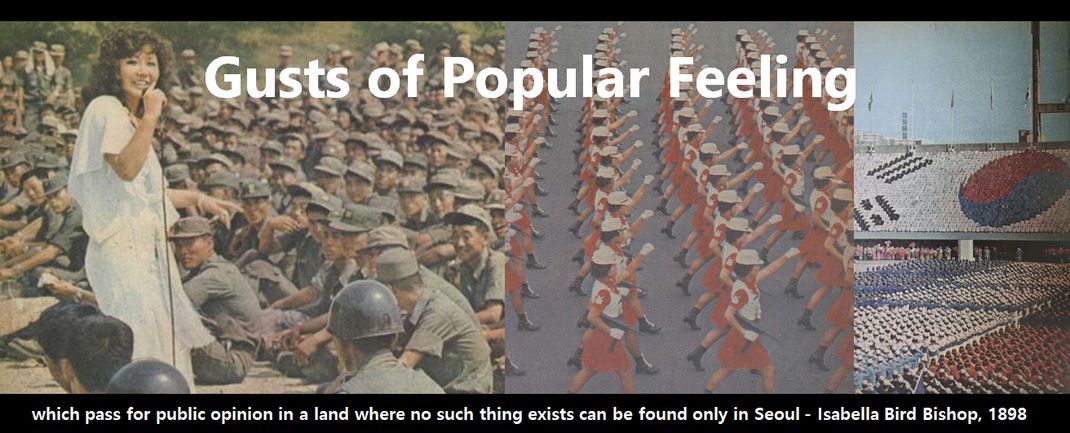
Looking around the FIFA website, I found the above photo of and an article about the fan fests around the world where people can gather at outdoor venues to watch the world cup games in front of giant screens:
More than 400,000 fans celebrated together at the 16 official FIFA Fan Fest™ venues yesterday, as the 2010 FIFA World Cup South Africa™ got underway.Another article adds that:The Opening Match between South Africa and Mexico was followed by 300,000 enthusiasts at the official FIFA Fan Fests in the host nation, while, between them, Rome, Paris, Berlin, Sydney, Mexico City and Rio de Janeiro had 100,000 supporters.
Official public viewings events were first launched by FIFA in 2006 as part of the official programme under the name of “Fan Fests”. During June/July 2006, more than 18 million fans gathered at the 12 official events and transformed Germany into one of the greatest fan parties of all time.Photos of gatherings in front of outdoor screens in Berlin and Frankfurt attest to this, and it was these gatherings that helped Germans feel that it was okay to be patriotic and be proud of their flag again. Similarly, a friend of mine told me that the outdoor cheering in Sydney saw different minorities - who would often be cheering their own teams - come together to cheer for the Australian team in its first world cup appearance in 32 years. The FIFA site adds that
I find it interesting that this history of the fan fests goes back only to 2006, to the first official fan fests, and that no mention is made of their obvious inspiration:Enabling fans to experience the ‘FIFA World Cup feeling’ in their own country was certainly FIFA’s aim when it unveiled Fan Fests in Rome, Paris, Berlin, Sydney, Mexico City and Rio - and the results have been spectacular. Within the first two weeks alone, more than three million fans had packed out the 16 domestic and international venues, with those outside South Africa accounting for 50 per cent of this mammoth turnout.
Germany, whose wholehearted embrace of the Fan Fest concept in 2006 provided the spur for this expansion, have again led the way, with a record 305,000 coming together in Berlin’s Olympic Square for their group decider against Ghana. Even elsewhere, where the fluctuating fortunes of Australia, France, Italy and Bafana Bafana might have been expected to deflate the atmosphere, festivities have continued unabated.

I can't find it now, but in 2006 I read an interview where the mayor of one of the German cities hosting the world cup described the outdoor screens and said that "of course" the idea came from South Korea. Now it seems Hyundai is taking the initiative in colonizing not only street cheering in Korea, but around the world:
Hyundai Motor Company, one of the official top partners of the FIFA 2010 World Cup, has officially kicked off the Hyundai Fan Park, a street cheering event, with the opening match between South Africa and Mexico today in Johannesburg, South Africa.Actually, further reading at FIFA's Hyundai site makes it clear I spoke to soon - it turns out the 'Fan Fests' FIFA describes on its website as taking place in South Africa are actually Hyundai Fan Parks - so that's what is seen at the top of this post.
Hyundai will be offering soccer fans around the world the opportunity to enjoy the World Cup in a fun and safe environment by providing venues and large screens in 32 cities from 19 countries across the 31 days of the event. Giant screens will relay all the action from South Africa, while group cheering boosts the festive mood.
At any rate, while such street cheering led to patriotic feeling in Korea, Australia, and Germany, that use of public space also influenced the organization of and specific spaces occupied by anti-American candlelight protests six months later. Of course, such dark sides of 'patriotic' mobilization may only be found in Korea, due to the history of occupying urban space during protests here, something which of course informed how the street cheering was allowed to occur in Korea in the first place (as compared to Japan, where despite the plethora of large outdoor screens in urban areas, street cheering did not take place).

No comments:
Post a Comment